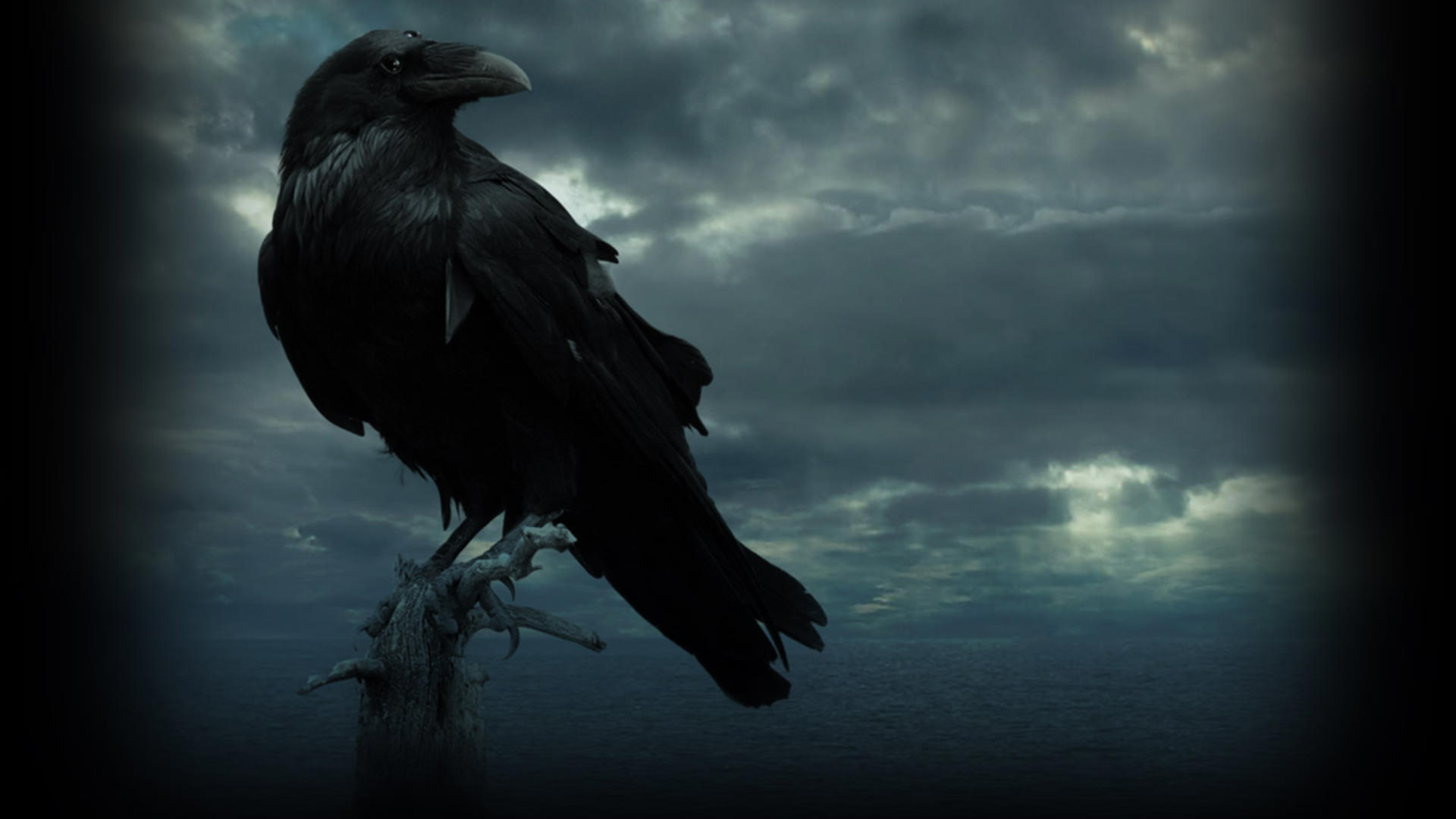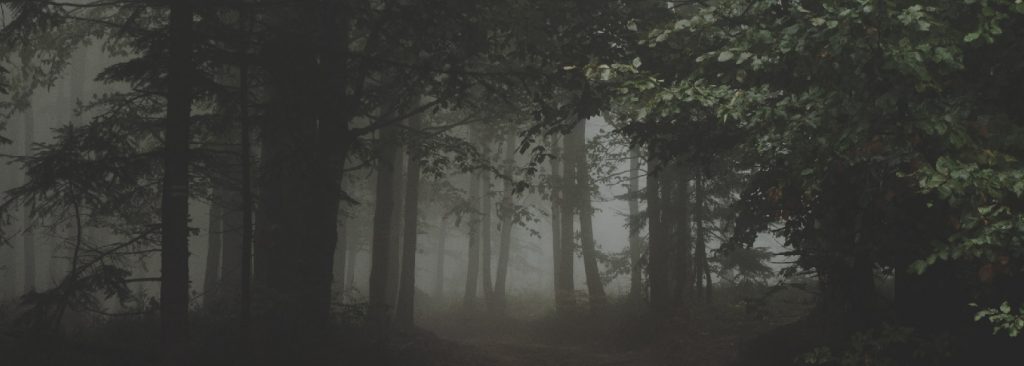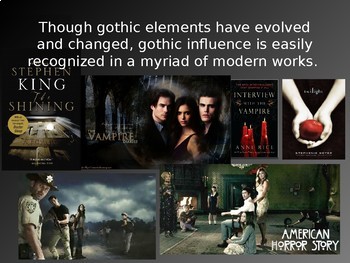
This version of the double as a harbinger of death, as a liberator from censorship, and as a mode of repression can be observed in Joseph Sheridan Le Fanu’s Carmilla (1872), as well as Stevenson’s The Strange Case of Dr. However, Freud believed that this conscience, which has a positive role in regulating behaviour, turns into a harmfully powerful form of self-censorship that stifles the development of the self so that the double becomes “the ghastly harbinger of death” because it psychologically kills (i.e. In his essay "The ‘Uncanny’” (1919), Sigmund Freud initially interpreted the double as an indicator of the emergence of the adult conscience. Andrew Smith asserts that gothic fiction’s use of doubling is a clear manifestation of humankind’s tendency toward the internalization of “evil,” though in the late nineteenth-century (and largely secularized) Gothic tradition, the word “inner” would be more appropriate to describe these narratives, which began to involve more of the psychological and social rather than the theological (Smith 94). Drawing from the superstitious belief that an encounter with one’s double is an omen of death, the doppelgänger motif combines a sense of supernatural horror with a philosophical inquiry concerning personal identity, along with a psychological inquiry into the concealed and complicated depths of the human psyche. Engraved by Clemence Housman.īased on its origins within the tradition of the German Schauerroman (German for “shudder novel”), and later the British Gothic novel, the doppelgänger, like the vampire, was a product of an early nineteenth-century fascination with folklore. Laurence Housman's illustration of Sweyn and Christian as mirror images of each other for The Were-Wolf in 1896. The central premise of the double motif is “the paradox of encountering oneself as another the logically impossible notion that the ‘I’ and the ‘not-I’ are somehow identical” (“Glossary of the Gothic”).įigure 2. In The Were-Wolf, Christian and Sweyn represent the duality of the self by acting as two extremes-good and evil-which often present a moral conflict within a single human character in a given gothic text. Similarly, the gothic doppelgänger (German for “double-goer”) is defined as “the alter ego or identical double of a protagonist who seems to be either a victim of an identity theft perpetrated by a mimicking supernatural presence or subject to a paranoid hallucination the split personality or dark half of the protagonist, an unleashed monster that acts as a physical manifestation of a dissociated part of the self” (“Glossary of the Gothic”). Within the gothic narrative Housman presents, Christian would represent the “good” or Christ-like figure, and Sweyn would represent the so-called “evil” figure. The terms “double” and “doppelgänger” are often used interchangeably in gothic scholarship, as there is no formal definition for the gothic double though it can be generally understood as a physical representation of the division of the self, with two figures representing opposing sides of a good-evil dichotomy.

Everard Hopkins's illustration of Sweyn and Christian for Atalanta in 1890, highlighting the religious allegory of The Were-Wolf

This essay examines Housman’s reinvention of the double motif in The Were-Wolf by focusing on the narrative’s twin brothers in relation to gothic theory.įigure 1. However, Hodges’ analysis focuses principally on the religious rather than the psychological and she does not emphasize the significance of Housman’s main characters, Sweyn and Christian, as biological twins. In her comprehensive analysis of the motif of the double in The Were-Wolf, Shari Hodges argues that Housman “uses Gothic literary conventions to present a Christian allegory of the conflict between good and evil forces within the universe and within the soul of man” (57). Hyde (1886), all of which precede the first publication of Housman’s novella in 1890.

The gothic double has been a mainstay in gothic literature from as early as Charles Brockden Brown’s Edgar Huntly (1800), and has subsequently been reimagined in a multitude of fictional gothic texts-particularly British-authored gothic texts-such as Mary Shelley’s Frankenstein (1818), Edgar Allan Poe’s William Wilson (1839), Charlotte Brontë’s Jane Eyre (1847), and Robert Louis Stevenson’s The Strange Case of Dr.

Following in the literary footsteps of other gothic fiction writers, Clemence Housman uses the motif of the gothic twin or double in The Were-Wolf via its twin characters Christian and Sweyn.


 0 kommentar(er)
0 kommentar(er)
